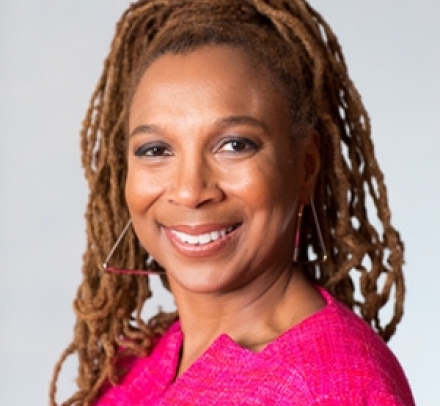Better allyship begins with intersectionality.
Kimberlé Crenshaw, Professor – Columbia Law School

Kimberlé Crenshaw is an American lawyer and law professor, civil rights advocate, philosopher, and a leading scholar of critical race theory who first coined the term “intersectionality” to describe the ways in which differing marginalizations (for example race and gender) often overlap and compound each other.
In describing intersectionality, Crenshaw has said: “All inequality is not created equal. We tend to talk about race inequality as separate from inequality based on gender, class, sexuality, or immigration status. What’s often missing is how some people are subject to all of these and the experience is not just the sum of its parts.”
The problem with most discussions of intersectionality is that many white people approach the idea of intersectionality in ways that are fundamentally flawed, and will often use those misunderstandings to shut down conversations about intersectional justice.
This can look like a lot of things, but here are two very common examples:
| What this often looks like | Why it’s wrong |
|---|---|
| White feminists who don’t want discussions of social justice to get “derailed” by talking about race. | People who are both gender marginalized and racialized experience oppression along both axes simultaneously. |
| White people who say, “I don’t see race”, “we’re all human”, or “we’re all the same underneath our skin”. | People with different backgrounds, genders, ability levels, or other marginalizations have very different experiences as they move through the world. We have to talk about those differences to work toward justice. |
Quite often in conversations about social justice, there will be white feminists who don’t want discussions of social justice to get “derailed” by talking about race. But this overlooks the fact that people who are, for example, both gender marginalized and racialized experience oppression among both axes simultaneously. Because of this, demanding that people with complex marginalized identities only talk about one axis of oppression at a time is a silencing tactic that ensures the only people who get to talk about their experience are white and usually cisgender.
Another very common manifestation of this is white people who, in trying to move past the racist and sexist ideas that they were raised with say things like “I don’t see race” or “we’re all the same on the inside”. But these kinds of arguments erase the fact that people with different backgrounds, genders, orientations, and ability levels have very different experiences as they move through the world. It’s only by talking openly about these different experiences that we can move toward justice.

